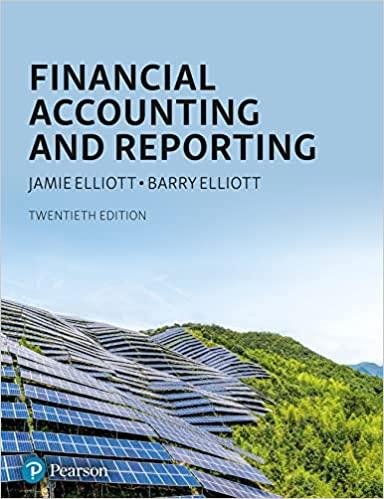2. The Phillips curve in the short run and long run The following graph plots aggregate demand (AD2027) and aggregate supply (AS) for the imaginary country of Iguazu in the year 2027. Suppose the natural level of output in this economy is $7 trillion. On the following graph, use the green line (triangle symbol) to piot the long-run aggregate supply (LRAS) curve for this economy. Economists forecast that if the government takes no action and the economy continues to grow at the current rate, aggregate demand in 2028 will be given by the curve labeled AD. , resulting in the outcome given by point A. 16 , however, the government pursues a contractionary policy, aggregate demand in 2028 will be given by the curve labeled ADB, resulting in the outcome given by point B. The following table presents projections for the unemployment rates that would occur at point A and point B. Consider the potential rate of inflation between 2027 and 2028 , depending on whether the economy moves from the initial price level of 102 to the price level at outcome B or the price level at outcome A: Complete the table by entering the inflation rate at each potential outcome pount. Note: Calculate the inflation rate to two decimal points of precision: Based on your answers to the preceding parts, use the black line (plus symbol) to draw the short-run Phillps curve (Spec) for this economy in 2028 . (Note: You will not be graded on any changes you make to this graph.) Based on your answers to the preceding parts, use the black line ( lus symbol) to draw the short-run Phillips curve (SRPC) for this economy in 2028 . (Note: You will not be graded on any changes you make to this graph.) The short-run Phillips curve is ine: At the natural rate of unemployment At the natural level of output Representing the tradeoff between unempleyment and inflation Now consider the long-run effects of this policy. Suppose, in particular, that following implementation of the policy, the aggregate demand curve remains at ADD. The long-run equilibrium that would follow such a policy is designated outcome C Gaing back to the first graph, place the grey point (star symbol) at outcome C Because output at point C is the natural level of output, the unemployment rate associated with outcome C is the natural rate of unemployment Finally, use the green line (triangie symbol) to draw the long-run Philips curve (LRPC) on the second graph. This line is ine: At the natural level of output Representing the tradeoff between unemployment and inflation At the natural rate of unemployment 2. The Phillips curve in the short run and long run The following graph plots aggregate demand (AD2027) and aggregate supply (AS) for the imaginary country of Iguazu in the year 2027. Suppose the natural level of output in this economy is $7 trillion. On the following graph, use the green line (triangle symbol) to piot the long-run aggregate supply (LRAS) curve for this economy. Economists forecast that if the government takes no action and the economy continues to grow at the current rate, aggregate demand in 2028 will be given by the curve labeled AD. , resulting in the outcome given by point A. 16 , however, the government pursues a contractionary policy, aggregate demand in 2028 will be given by the curve labeled ADB, resulting in the outcome given by point B. The following table presents projections for the unemployment rates that would occur at point A and point B. Consider the potential rate of inflation between 2027 and 2028 , depending on whether the economy moves from the initial price level of 102 to the price level at outcome B or the price level at outcome A: Complete the table by entering the inflation rate at each potential outcome pount. Note: Calculate the inflation rate to two decimal points of precision: Based on your answers to the preceding parts, use the black line (plus symbol) to draw the short-run Phillps curve (Spec) for this economy in 2028 . (Note: You will not be graded on any changes you make to this graph.) Based on your answers to the preceding parts, use the black line ( lus symbol) to draw the short-run Phillips curve (SRPC) for this economy in 2028 . (Note: You will not be graded on any changes you make to this graph.) The short-run Phillips curve is ine: At the natural rate of unemployment At the natural level of output Representing the tradeoff between unempleyment and inflation Now consider the long-run effects of this policy. Suppose, in particular, that following implementation of the policy, the aggregate demand curve remains at ADD. The long-run equilibrium that would follow such a policy is designated outcome C Gaing back to the first graph, place the grey point (star symbol) at outcome C Because output at point C is the natural level of output, the unemployment rate associated with outcome C is the natural rate of unemployment Finally, use the green line (triangie symbol) to draw the long-run Philips curve (LRPC) on the second graph. This line is ine: At the natural level of output Representing the tradeoff between unemployment and inflation At the natural rate of unemployment










